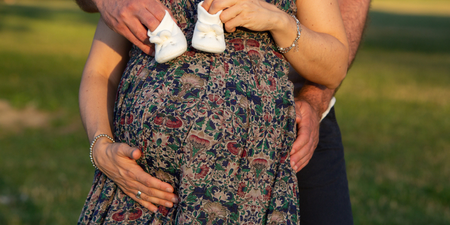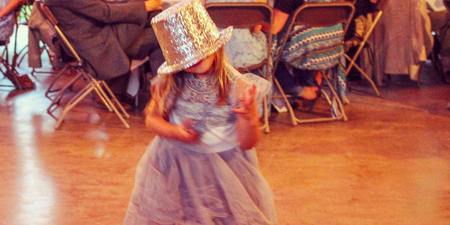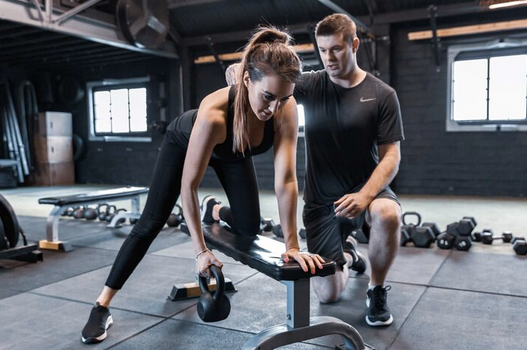New year, same old lockdown.
However, it is January, we are now in 2021, and so many of us feel the need to kickstart this new year by doing something for ourselves and our health. We have all now, most of us, spent months at home, working from the sofa or dining table. Lines have been blurred when it comes to work- and home life, and many of us have had our workout routines change or even become impossible when gyms, classes and yoga studios were forced to close.
However, it is January, a fresh start and a whole new – and hopefully healthy – year lies ahead of us. And sure yet, we are still in lockdown, and gyms are still closed, but that doesn’t mean you should put off getting fitter and healthier.
We recently caught up with Ben Walker, personal trainer and owner of Anywhere Fitness, to pick his brain about how to get fit at home.
Here are his six best tips for getting started – and keeping your new workout regime up:
1 Work out outdoors
Although we recommend working out at home on a weekly basis, at least one of these sessions should be prioritised outdoors. When training outdoors, we receive Vitamin D from sunlight. Vitamin D is needed to regulate calcium and phosphate levels in our body. These nutrients are needed to keep bones, teeth and muscles healthy and functional.
As well as this, getting regular amounts of fresh air also increases our oxygen intake. Higher oxygen levels improve blood pressure, sleep quality and mental health. These factors help prevent weight gain and promote a healthy heart.
2. Invest in some light fitness props and equipment
Light fitness equipment such as mats, resistance bands and dumbbells (1kg-5kg) are all relatively low in price if looking in the right places, and can make a world of difference to your workout regime. What’s even better is that this type of equipment can hold you more accountable to your workout. Light equipment can be carried in a bag or underarm to work or the local park.
If working out at home all the time, this offers a change of scenery which is good for our mental health. All this equipment is multi-purpose. Despite being very cheap, you can complete a full-body workout when using it as a cohesive unit!
3. Use your local park (and their fitness equipment)
Parks have bars, benches, and other useful apparatus for using your new equipment. When tying your resistance bands to bars and upright objects, you create new and dynamic exercises for targeting different muscle groups and losing weight. Benches can also be used to this advantage. It can be used for doing bodyweight exercises such as lunges, box jumps or dips.
You can also design your own step-up challenge by using your dumbbells. The bench also offers easier alternatives for beginners who are looking to improve their push up or perform burpees for the first time. Combining your own equipment with the rest of the park opens the door for many exciting workout opportunities.
4. Find a suitable place for designing a cardio programme
If you find cardio too boring or repetitive, then design an outdoor cardio outdoor programme by mixing up your drills and recording stats. Find a hill, find a stairwell, change your scene, and test different aspects of your aerobic and anaerobic fitness. What do I mean by this? When we run slow and steady for long durations, we initiate our aerobic system. It burns fat cells and helps build long-lasting stamina. However, when we sprint, run hills, or tackle stairs explosively, we initiate our anaerobic system. This burns energy from different fuel systems such as sugars and carbs. Mixing up the intensity in your cardio drills is the most effective way for achieving fast weight loss!
Hills: Find a hill that’s slightly inclined close to home. For the first few weeks, design a programme that’s within your limitations. If you’re a beginner, set a marking on the hill for 30 metres. If you’re an intermediate, set it for 50 metres. Ballpark how many hill sprints you’re going to do and your rest times. Take this average and keep increasing the difficulty of your workout on a weekly basis.
Sprints: The same concept applies to beginners and intermediates when doing sprints. Beginners should take an average of about 50 meters and intermediates 100 metres. Record your rest times and add the number of rounds you tackle weekly.
Stairs: Ballpark the number of steps you wish to take on the stairs. For beginners, I recommend roughly 15-30 steps. For intermediates, 30-50 steps is about right!
5. Balance the seven components of a healthy diet
There are seven components of a healthy and balanced diet. They are based on macronutrients (carbs, fats, protein, water) and micronutrients (vitamins and minerals). All these components are needed to metabolise and regulate bodily functions. Neglecting any of them can cause a deficiency, leading to an array of health related issues. If looking to get into shape in the new year, make sure to pass on fad diets for this particular reason.
The best approach is to develop healthy eating patterns and exercise daily. Eat the majority of your calories earlier in the day and avoid eating late at night. Our metabolism works more efficiently from the moment we wake up until the time we go to bed.
Carbohydrates: Carbohydrates are needed for our brain and muscles to function. Without carbs, we become physically weak and less productive. We lose our ability to think properly. Many women skip carbs in their diet as they’re afraid of weight gain. The solution is to eat “whole” and “natural” carbs and monitor the portions and times you eat your macros! Choose whole grains such as quinoa, barley, oats, brown pasta and brown rice. Eat fruits that contain natural sugars and plenty of energy – apples, bananas, pears, berries etc. They are lower in calories, provide long lasting energy (especially for exercising), and contain plenty of vitamins and antioxidants. All these factors contribute to healthy weight levels.
Fats: We all get scared of this word because of its name. However, it’s important to note that not all fats are bad. Fats are needed to release energy, absorb vitamins and lower blood pressure. “Good Fats” help to fight against bad cholesterol from building up in your system. Believe it or not, excluding “good fats” can therefore contribute to weight gain. To eliminate triglycerides (bad fats) in our body, we need to get these nutrients on a consistent basis. So what are good fats and bad fats? Good fats are monounsaturated and polyunsaturated: Olive & Canola Oil, Avocados, Olives, Nuts etc. Bad fats are trans and saturated fats. These fats are found in fried foods, processed foods, and most foods that are artificially made.
Protein: Protein is essential for recovering our muscle tissues and essential for developing hormones and enzymes. Having strong and healthy muscle tissue is important for weight loss. When muscle cells are active, we burn more calories when resting. To maintain strength, promote bodily functions, and keep the extra pounds off, make sure to not exclude protein from your diet. The healthiest sources of protein come from lean meats and vegetables that are rich in the nutrient. Examples include chicken, fish, eggs and beans. If you are vegetarian, nuts, seeds, quinoa, peas, chickpeas and quinoa are a great choice.
Fibre: If you’re neglecting carbs from your diet, then you’re probably neglecting fibre. Any why is this a danger? Fibre is needed to break down complex molecules (food) in your body. This is essential for the digestive system and avoiding complications such as inflammations and bloating. Breaking down food is also necessary for avoiding weight gain. Great sources of fibre include oats, barley, bananas, flaxseeds, nuts etc.
Vitamins & Minerals: Vitamins and Minerals act like codes, allowing cells and proteins to carry out all their functions. Without them, all the nutrients are left flowing in our system and unable to carry out their specific task. These micronutrients are found mostly in fruits and vegetables but also found in meats.
Water: Water isn’t considered a nutrient by most people. However, it’s the most important. Water is needed to transport everything we need around our body. To our muscles, cells and brain. Without it, our body is starved of hydration, oxygen and nutrients. Our ability to do everything is weakened. Make sure to stay conscious about your water intake and keep drinking every few hours.
6. Non-impact exercises
If you’re apprehensive about starting a workout programme, due to age, practice, recent pregnancy etc, then the safest route is to start with non impact exercises. These exercises are very manageable. They don’t overwhelm the body by elevating your heart rate too quickly and also reduce the risk of injury. B
y avoiding jumping and stomping, the muscles and joints can adapt to exercise once again in a progressive manner. For example, instead of performing a full burpee, perform a burpee by stepping only. Instead of running, perform simple movements that raise your heart rate such as raising your knees above the waistline or standing kickbacks.
RELATED ARTICLES
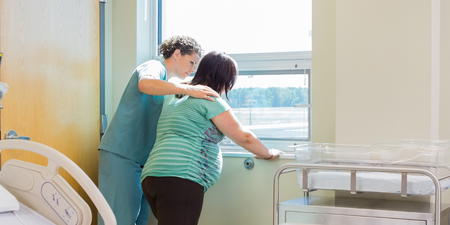





MORE FROM HerFamily
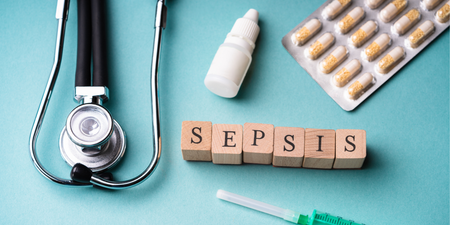
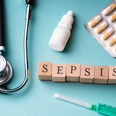


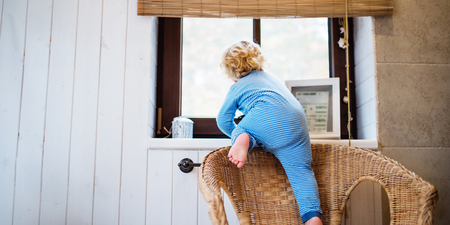
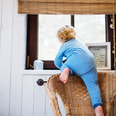
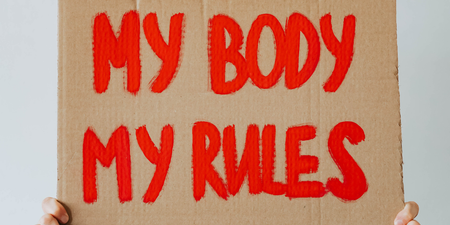
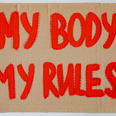
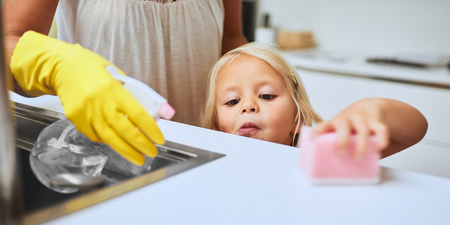



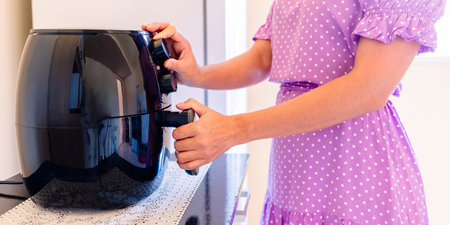
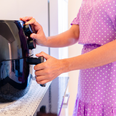




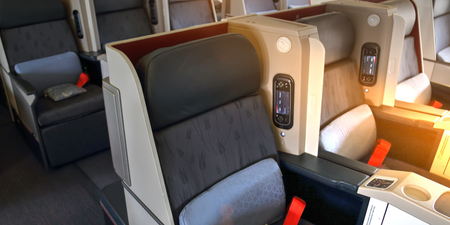
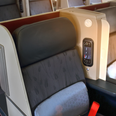
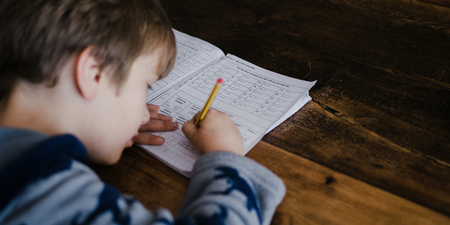



MORE FROM HerFamily


